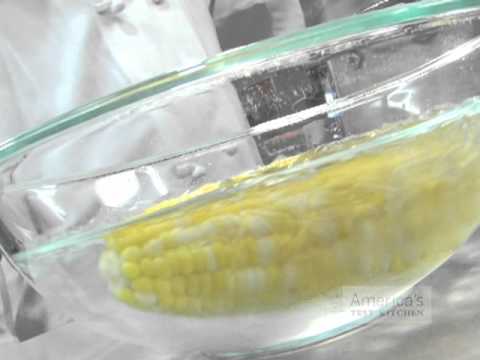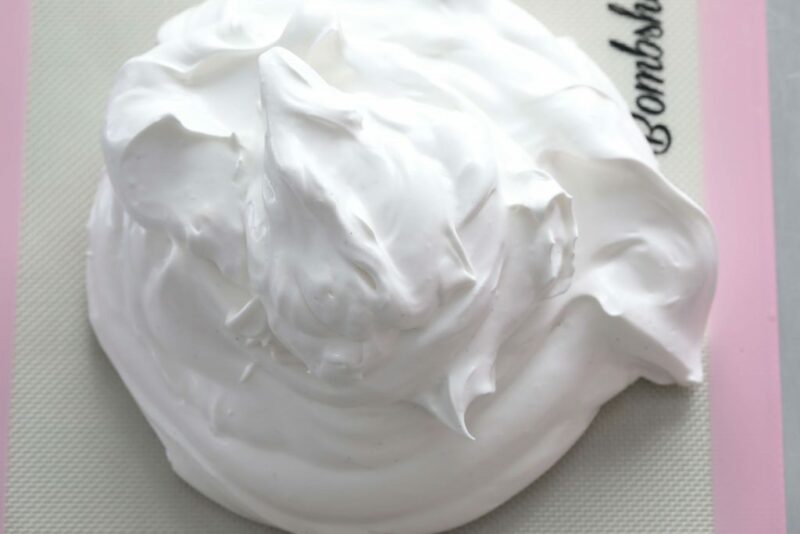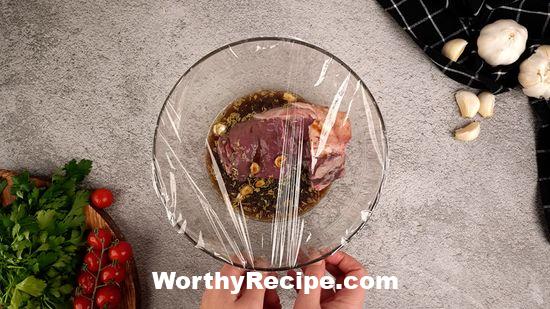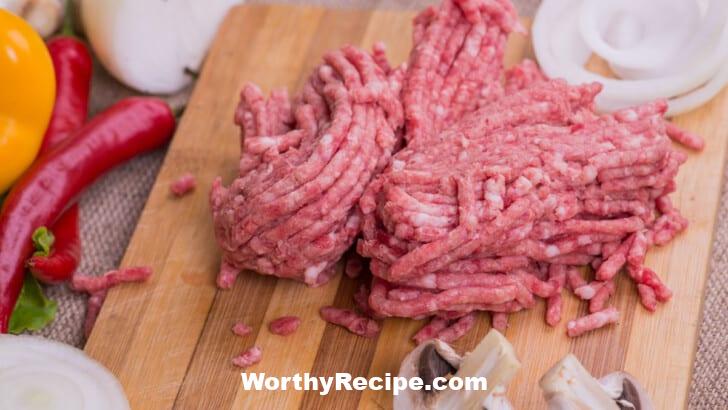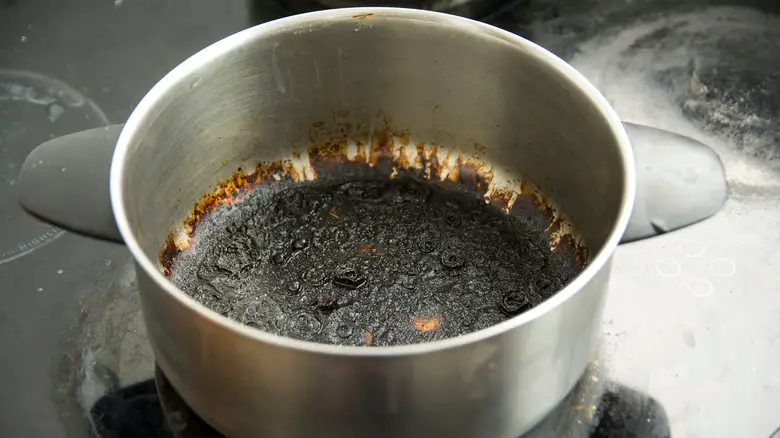Why Does My Cooked Camembert Have Lumps?
Camembert cheese is a delicious cheese that originated in France and continues to be popular around the world. This soft, creamy cheese is perfect for snacking, layering in sandwiches, adding to pizza, or baking in the oven. However, if you’ve ever cooked camembert cheese and ended up with lumps, it can ruin your whole experience of cooking and eating it. In this article, we will explore the possible causes of lumpy camembert cheese when cooked and provide tips and tricks to prevent lumps from forming.
Understanding Camembert Cheese
Camembert cheese has been produced since the late 18th century in Normandy, France. The cheese has a white, bloomy rind with a soft center that varies from yellowish to ivory color. Camembert is made from cow’s milk and can have different fat levels depending on the producer.
The making process involves adding specific bacterial cultures to the milk mixture, then allowing the curd to set before being cut into small pieces. These pieces are then stirred while slowly heating up until they reach a specific temperature. The curds are then drained and transferred into molds to form their characteristic shape.
After draining, salt is sprinkled on the surface of each round of cheese. Then, they are left to mature in a cool place with controlled humidity for one or two weeks until a bloomy rind forms and becomes velvety-white. The inside of the cheese gradually softens as it matures over time
Apart from its taste and texture; some people choose Camembert cheese for its high nutritional value – it contains vitamins A, B1, B2, phosphorous, potassium, and magnesium.
Cooking Camembert Cheese
There is a long list of dishes you can make with cooked camembert, such as pizzas, fondue, or simply baked cheese. Baked camembert is a popular appetizer or snack. It is a simple dish that involves placing the whole cheese round on a baking tray or dish and baking it in the oven until the inside is melted. Here are some serving suggestions:
- Cut open the top and serve with breadsticks or slices of crusty bread.
- Add honey, herbs, nuts, or dried fruits as garnish.
- Serve on a bed of arugula leaves.
The Science behind Lumps in Cooked Camembert Cheese
Lumpy camembert cheese after cooking can happen because of various reasons. However, one common factor that contributes to lumps is not allowing it to heat enough for the inside to be melted uniformly. Cheese containing higher fat content tends to melt faster than lower-fat cheese types like reduced-fat camembert variants.
When heated, the cheese begins to break down its proteins and fat contents, causing it to lose moisture—when this happens unevenly; lumps form as they clump together. The different cooking times will alter the proteins’ alignment and prevent them from adhering correctly to each other.
Another significant contributor is the rind on your camembert. Rinds that come off quickly during cooking usually result in extra grease production, fast cooking times and a burnt smell from your cheese.
Tips and Tricks to Avoid Lumps in Cooked Camembert Cheese
Now that we’ve described how lumpy camembert cheese occurs after cooking let’s talk about how you can avoid this issue. Below are some tips that will help you get that perfectly melted camembert cheese without lumps.
Precautions before cooking:
- Consider storing the cheese well: If the cheese is too hard or cold, it will not melt uniformly. Cheese that has been chilled before cooking should be brought to room temperature before baking. This usually takes an hour to soften.
- Use a soft rind: Soft rinds are porous, allowing steam to escape and heat to build up within the cheese. This kind of environment is ideal for uniform melting.
Best Cooking Methods for Camembert Cheese
- Bake in the oven: Preheat your oven to 390F, Place your Camembert on a baking tray/ glass dish and add a little flavor like herbs or garlic(optional), and bake in the oven until it’s melted. Results are usually better when using a conventional oven than using a microwave, which increases uneven heating leading to lumpy cheese.
- Cover the cheese: The air temperatures around the cheese need to be kept constant as this enables even heating. Covering tightly with foil guarantees that steam from the cheese circulates inwards instead of evaporating outwards.
- Cook for Longer with low heat: Remember that baking time determines how well the cheese melts. A good rule of thumb is to bake it at low temperatures for longer times. This allows heat to penetrate evenly through every molecule of cheeseto help avoid splotches/clumps forming.
How to Fix Lumpy Camembert Cheese
In case you ended up with lumpy camembert cheese, there is a chance it can still be salvageable. Here are some common ways to fix it:
- Reheat: Occasionally, the lumps in camembert cheese may be due to their partial cooking or insufficient heat. Reheating using low temperatures could help bring the cheese back to its original form.
- Mix:If the lumps are not too hard and not many use spatulas to mix them back uniformly.
- Return the retainer:If all else fails, you can have your camembert transformed into one delicious spread by slowly melting it in cream.
Enjoying Your Perfectly Cooked Camembert Cheese
Your perfectly cooked camembert is waiting for you! Whether you enjoy it hot out of the oven or let it cool down for a bit, here are some suggestions on how to present and pair it with your favorite drinks:
- Presentation options for cooked camembert cheese: You can present your Camembert individually whole or cut up on a platter with breadsticks, sliced baguette or crackers. If presenting individually, layer some herbs around your plate to make it more visually appealing.
- Suggestions for pairing with wine or other beverages: Wine is generally an excellent beverage option when serving baked Camembert cheese. Pair with a sparkling white wine like Beaujolais Nouveau, Prosecco or Champagne complemented with savory options like figs, honeycomb and nuts which yield that nice balance of sweet and salty flavors
Frequently Asked Questions about Lumps in Cooked Camembert Cheese
- Q: What causes the burnt smell when cooked?
- A: The rind may have been hardened and could be affecting the cheese poorly.
- Q: Is it safe to eat lumpy camembert cheese?
- A:If it is fresh and has not been left out for more than a day, it’s safe to consume.
- Q: What are the best ways to reheat cooked camembert cheese?
- A:You can warm in an oven at a low temperature or break up into pieces and melt over a pan of hot milk for an exciting new dip.
Conclusion
Camembert is a delicious cheese that can be enjoyed by itself or incorporated into recipes. Cooking camembert cheese can elevate its flavor profile, but it can also result in lumps if not done correctly. By using our tips and tricks, you can ensure your camembert cheese turns out melted and gooey every time you cook it. Don’t let lumps ruin your cheese; use these techniques to get that perfect camembert melt!
Does Camembert have lumps naturally?
No, Camembert cheese should not have lumps naturally. The cheese is meant to have a smooth and creamy texture, so if you are experiencing lumps while eating it, there may be an issue with the cheese.
What causes lumps in cooked Camembert?
Lumps in cooked Camembert can be caused by a few different factors. It could be that the cheese was not allowed to come to room temperature before being cooked, or perhaps it was overcooked and became too thick. Another possibility is that the cheese was low quality or had gone bad.
Can lumps in cooked Camembert be dangerous to consume?
In most cases, lumps in cooked Camembert are not dangerous to consume. However, if the cheese has gone bad or was not stored properly, there is a risk of food poisoning. Always use caution when consuming any questionable foods.
How can I prevent lumps in my cooked Camembert?
To prevent lumps in your cooked Camembert, make sure to let the cheese come to room temperature before cooking it. This will ensure that the cheese melts evenly and does not clump up. Additionally, do not overcook the cheese, as this can cause it to become too thick and lumpy. Finally, make sure to buy high-quality Camembert from a reputable source to ensure that you are getting the best possible product.

